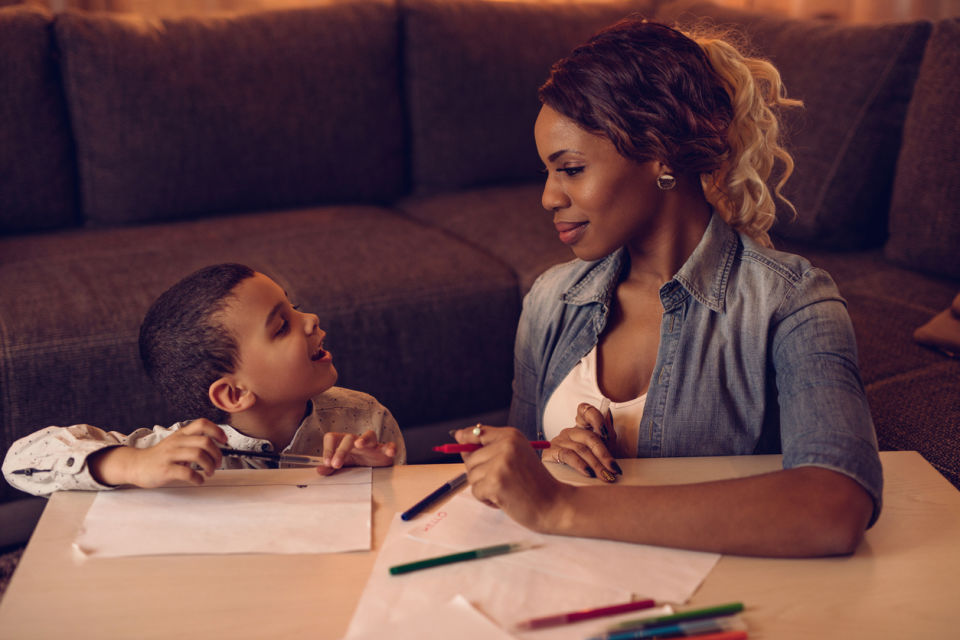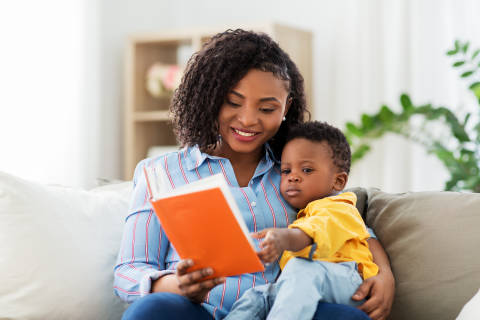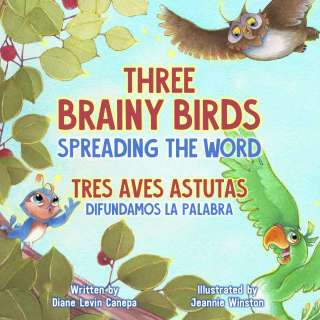Did you know that recognizing, acknowledging, and responding to your preschooler’s cues plays a big role in her brain development? Learn more about these important back-and-forth interactions between parent and child.

Right from birth, you and your child are already beginning to engage in back-and-forth interactions with one another. Although simple, these interactions are not only important for your preschooler’s brain development, but they help with relationship building and bonding, too.
Your preschooler is likely already initiating interactions in several ways: by talking to you, asking you to play, and bringing things over to you, like a favorite book or toy. This is an opportunity for you to return the interaction in a meaningful way – whether it’s reading the book she brought to you or asking questions in response to something she shared with you. All of these simple, back-and-forth interactions are stimulating your preschooler’s brain – and even reducing her stress reactions!
For example, when your preschooler groans, covers his face, or cries out in protest, that’s his way of saying, “Do you recognize I’m upset? Are you going to respond?” It’s important to respond with empathy to let your child know that you care and are there to help.
Example 1:
1. Child: Lifts his shirt and touches his tummy.
2. Parent: “That’s your tummy. Are you hungry or are you showing me your bellybutton?”
Example 2:
1. Child: Takes some crackers from the table.
2. Parent: Put one cracker in one hand and four in the other hand, showing your child both hands. Say, “Which has more?”
Example 3:
1. Child: “Let’s go outside!”
2. Parent: “You want to go outside to play!” or “It’s not time to go outside yet. Let’s finish lunch inside right now.”






